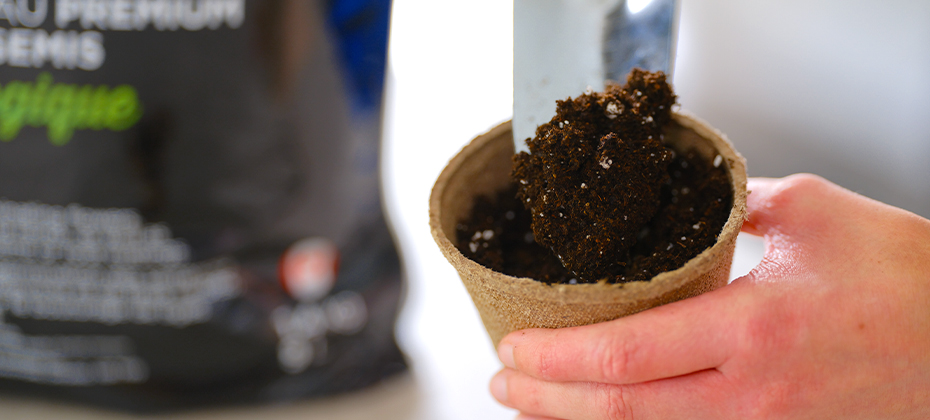
Alas, it’s February. Cabin fever is setting in and you never know if late winter days will be sunny or snowy, or maybe a little of each. Take heart. February is a short month. The days are getting longer and spring is truly right around the corner.
- You’ll feel better and more energized if you get outdoors as often as possible. You may be surprised how much you can accomplish.
- Complete your vegetable garden plan for this year and make sure it’s all down on paper. A sketch will help.
- Plan a herb garden. If you don’t have space, you can grow herbs in containers outside your kitchen door.
- Finish catalog shopping and get those final orders in. Don’t wait. If you have your heart set on the ideal plant; you may miss out.
- Feed conifers and blooming evergreens such as rhodies and azalea a fertilizer for acid-loving plants in mid- to late February.
- Resume fertilization for indoor plants, but take it easy at first. Start out every other week with a water soluble fertilizer mixed at half strength.
- Start pruning trees and shrubs. (Wait until March if you live in a northern climate or a high elevation.)
- Wander through your local garden center. You may pick up some great deals on pots, gloves or garden tools.
- Don’t stop feeding the birds. They will pay you back very soon by eating mosquitoes and other insect pests.
- Clean out old nests and scrub birdhouses and feeders. Paint them with a coat of nontoxic paint, if necessary.
- Apply anti-desiccant spray to conifers and broadleaf evergreens such as rhododendrons, azalea, holly or boxwood. Anti-desiccant products provide a protective coating that prevents excessive water loss.
- Cut back ornamental grass to within a few inches of the ground before new growth appears.
- Buy a couple of garden-related books and expand your horizon. For example, read up on identification of beneficial insects and how to attract them to your garden.
- Start certain flower and vegetable seeds indoors in late February. Depending on your climate, you may be able to start lobelia, lobelia, petunia, vinca, ageratum, verbena, or slow-growing vegetables like cabbage, Brussels sprouts and broccoli.
- Scrub empty containers with hot water and a mild dish soap.

